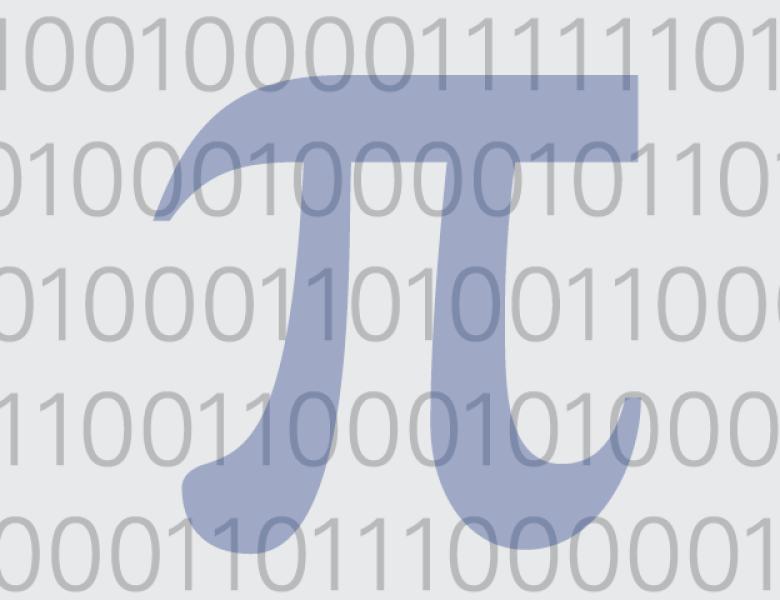Vinogradov showed in 1937 that every large enough odd integer can be represented as a sum of three primes. One may ask what if these primes are restricted to some subset of the primes. In general, if the set is badly distributed in congruence classes or Bohr sets, the result does not necessarily hold. Examples of such badly distributed sets include the set of primes that are 1 mod 5, and the set of primes $p$ for which $|| \sqrt{2} p || < 1/10$, where $||x||$ denotes the distance from $x$ to the nearest integer.
In the talk I discuss joint works with X. Shao and J. Maynard and X. Shao on Vinogradov's three primes theorem for subsets of primes. In particular I will describe two ``transference type'' results aimed to show the obstructions describe above are only sort of obstructions. As applications of the transference principles we get that Vinogradov's three primes theorem holds for Chen's primes (i.e. primes $p$ for which $p+2$ has at most two prime factors) and for almost equal primes (i.e., for any $\theta > 0.55$, every large enough odd integer $N$ can be represented as $N = p_1 + p_2 + p_3$, where $|p_i - N/3| < N^\theta$ for each $i$).
